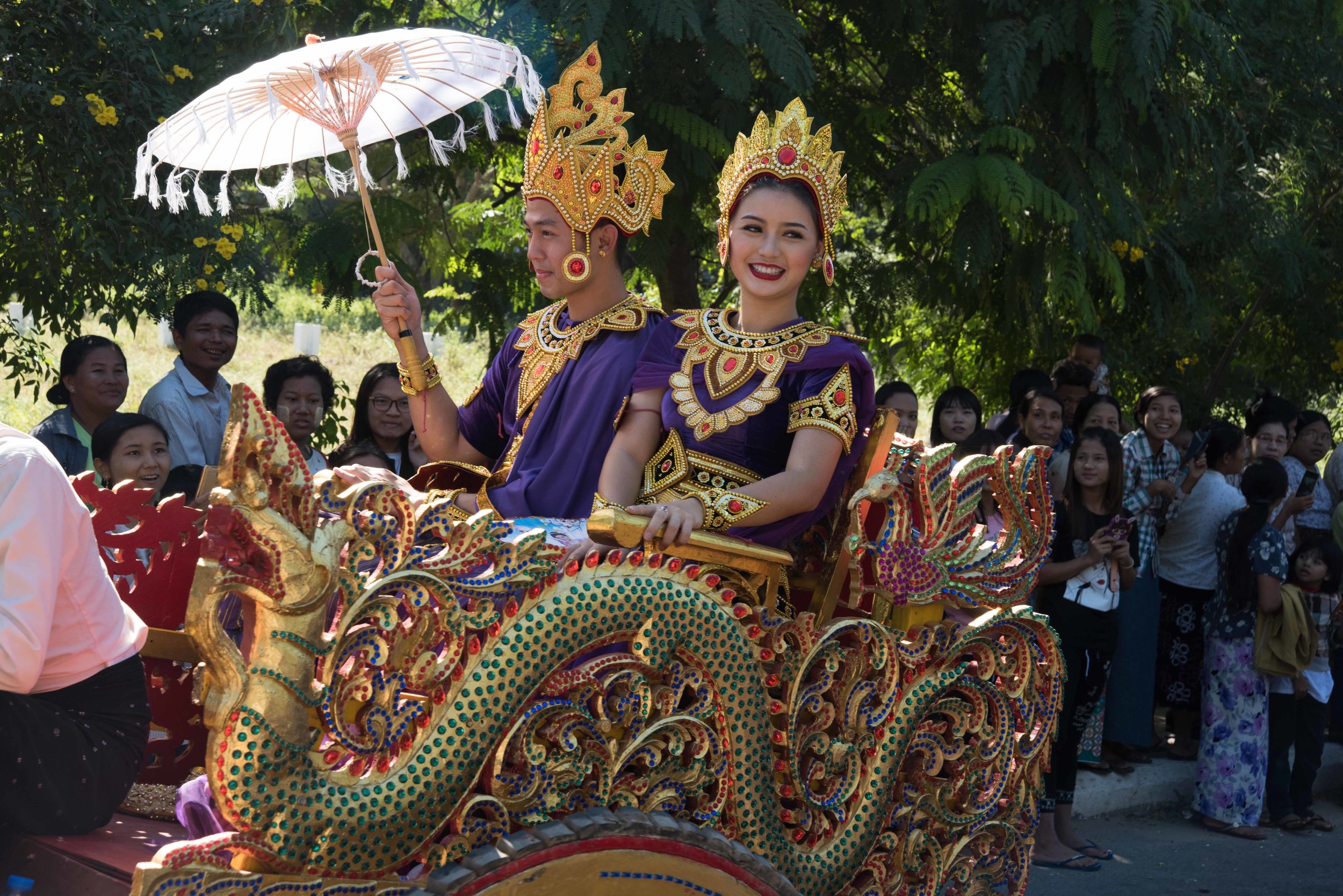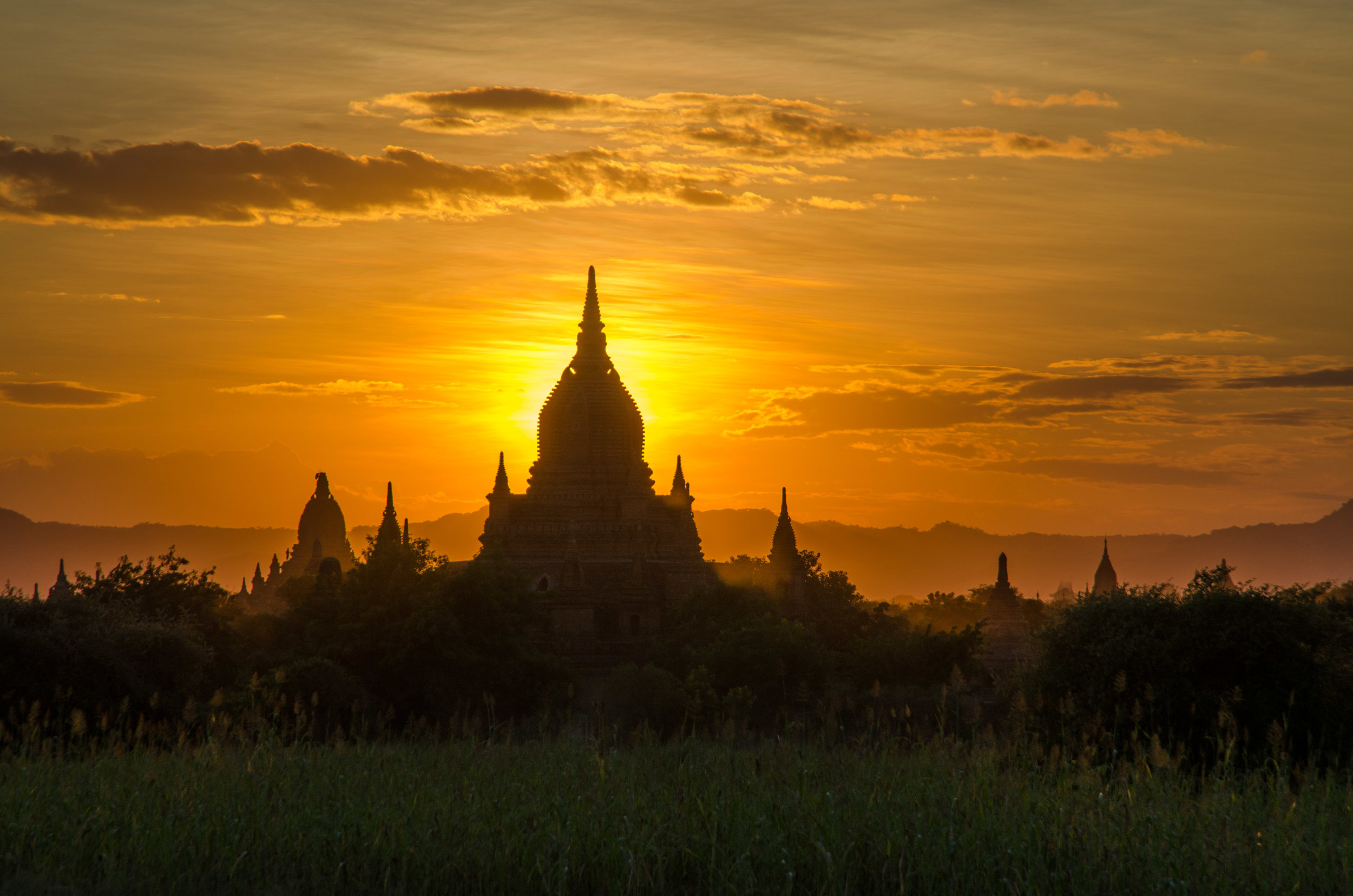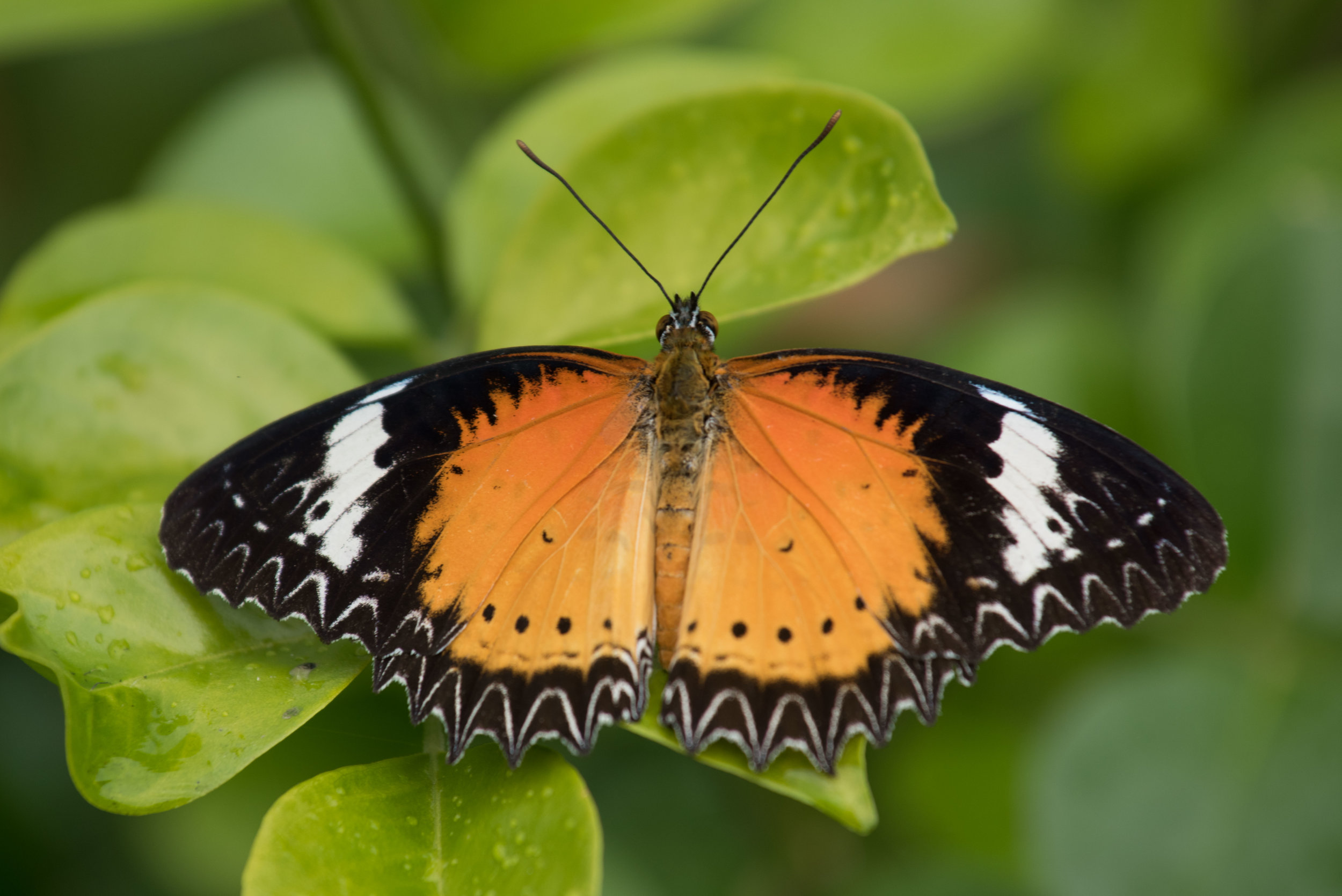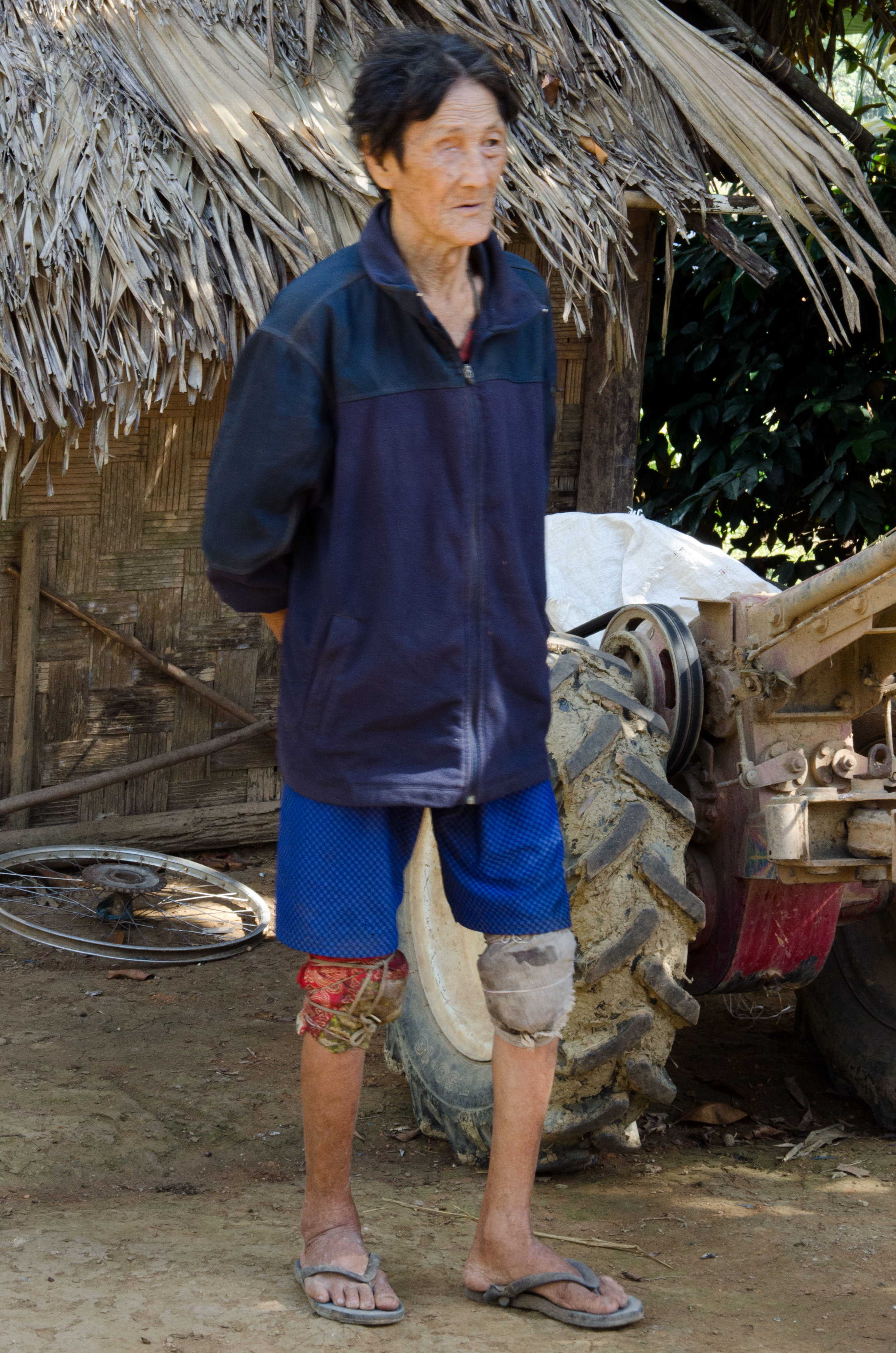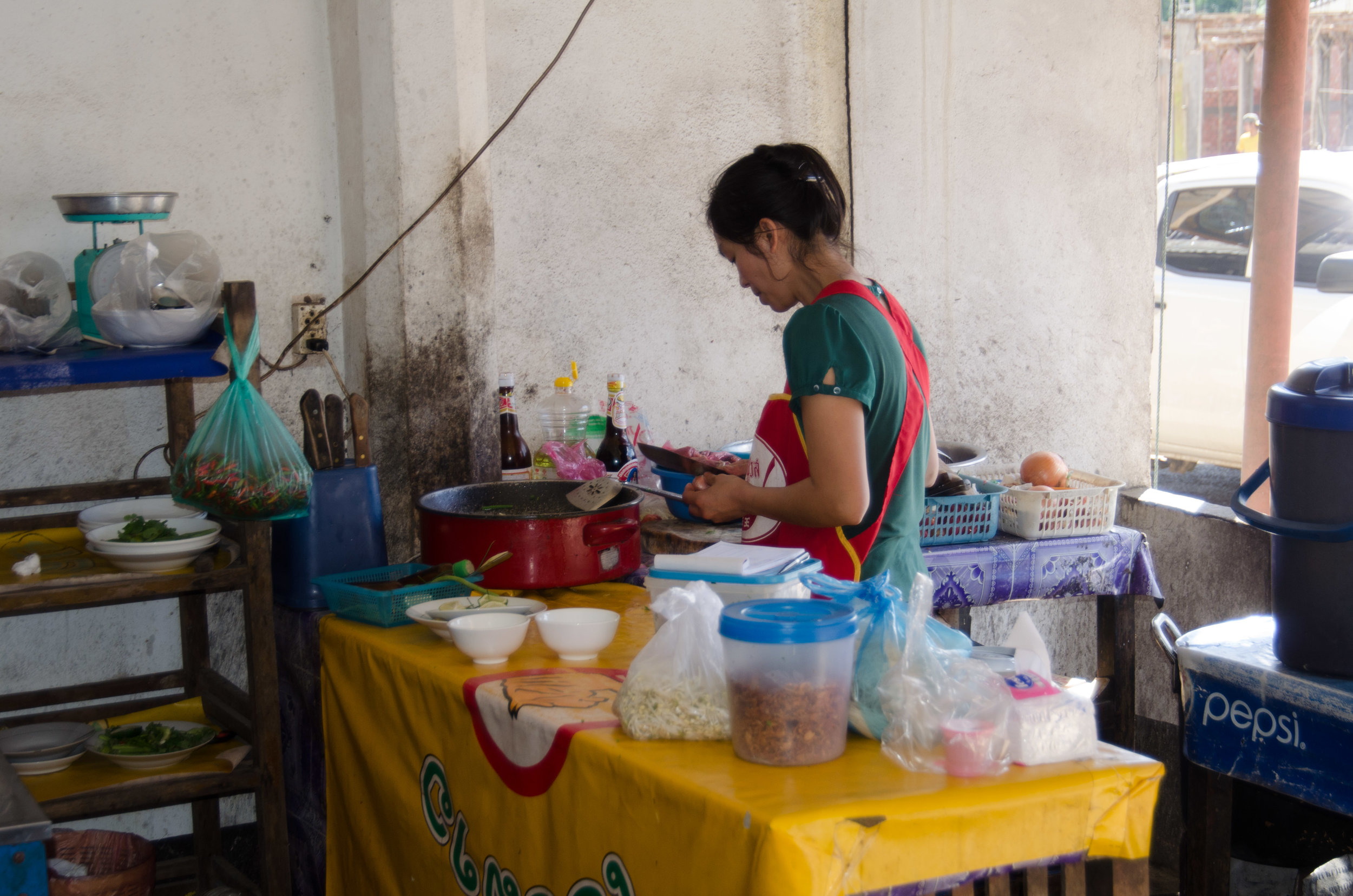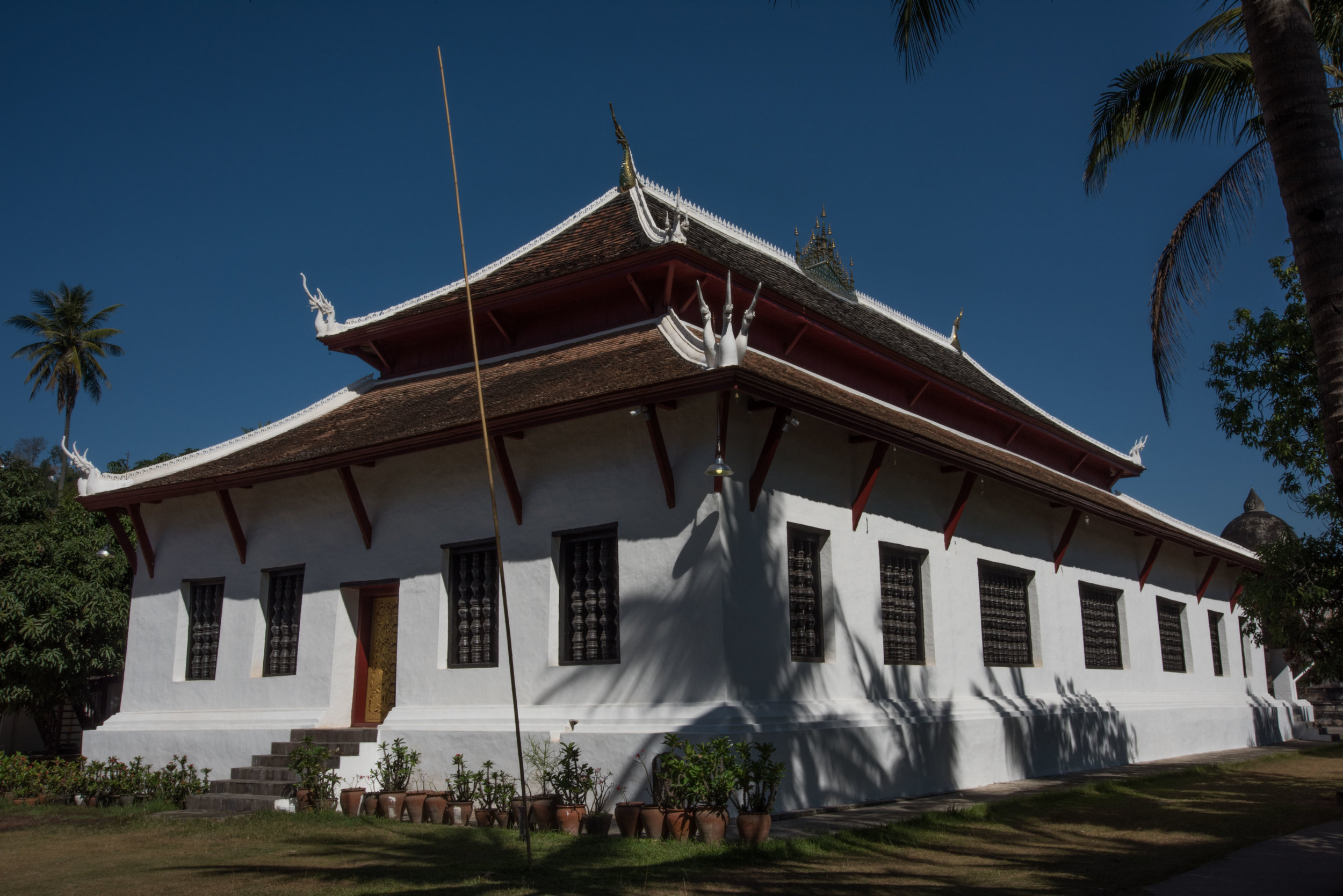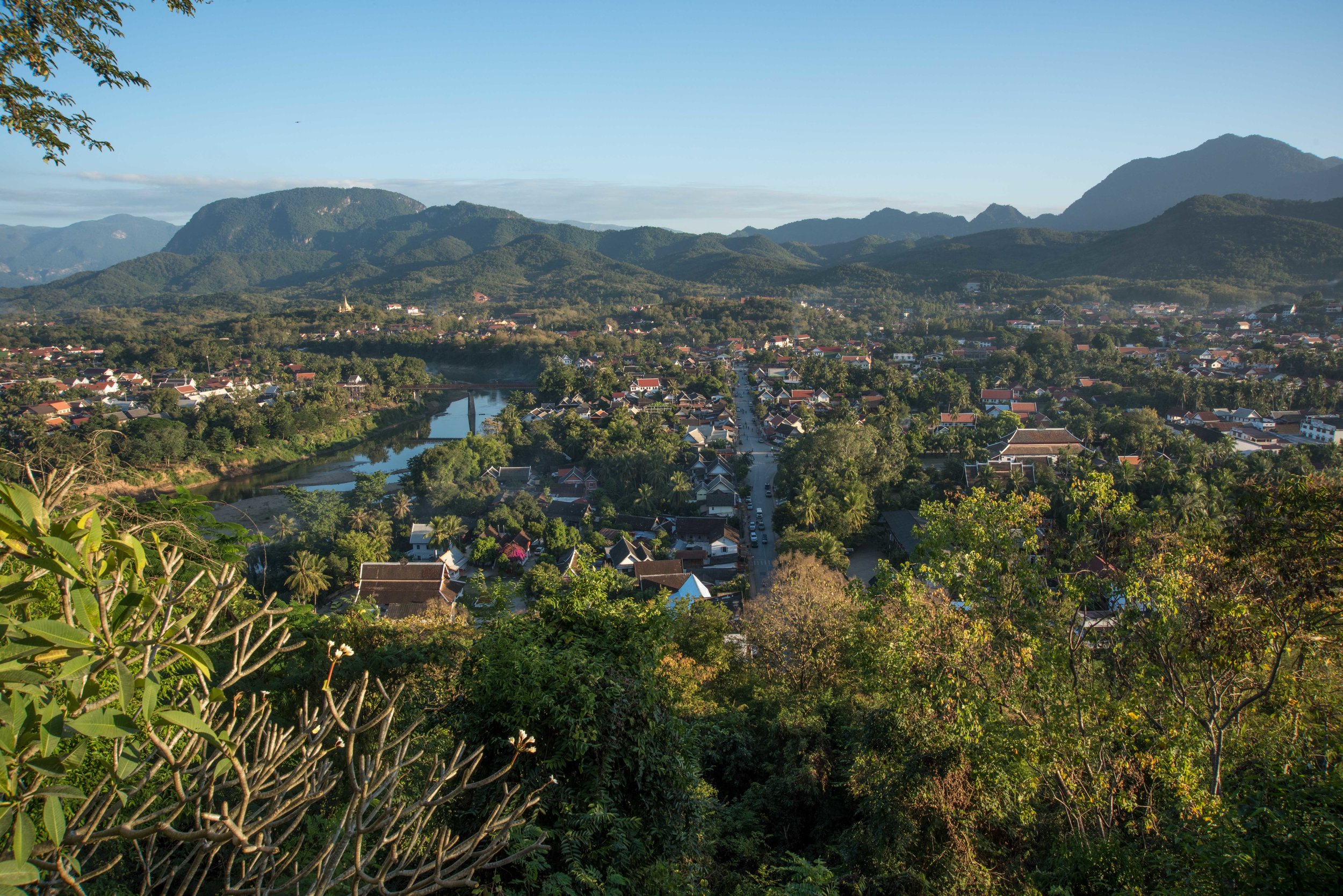After an early breakfast we were on our bus by 08:00 heading for a Buddhist Temple located in the southern part of Mandalay city.
The early morning traffic was diabolical and our bus driver made steady progress only by forcing his way at intersections and pushing into lines of otherwise bumper to bumper traffic. This traffic congestion is exacerbated by the fact that traffic lights are not common despite the size of this city.
The road and roadside scenes were dominated by countless individuals striving to reach a desired destiny where the density of traffic and the lack of traffic lights provided potentially dangerous situations. We observed one young female motorcyclist knocked off her bike in the peak hour traffic. Fortunately she was not seriously injured.
Our first stop was the Mahamuni Temple where, as is the custom we were required to remove footwear before entering. The temple’s entry entailed a 60m long walkway corridor filled with souvenir sales people selling typical Buddhist icons and associated paraphernalia.
The temple is the country’s second most revered shrine after the Shwedagon Pagoda in Yangon. The bronze Buddha at the centre of the Pagoda is said to be one of only five showing his true likeness at the time of his life. The bronze statue was brought to this location in 1784 and is now a principal focal point for worshipers from within this region of Myanmar.
Women are not allowed to enter the inner sanctum. Men are allowed to press gold leaf onto the Buddha such that, over the years large lumps of solid gold have now accumulated. Buddha’s face remains polished and is shiny and smooth.
In a hall just off the main temple building we encountered six fine Hindu-Buddhist bronze statues which had been originally plundered from Angkor Wat in Cambodia hundreds of years ago.
Our next visitation was to a silk weaving facility in the region of Amarapura. The mainly female workers were operating in very primitive facilities with ancient looms and poor lighting in which to work on their complex patterns. The associated silk shop across the road had a vast array of silk items for sale, most of which we guessed had been weaved on mechanical looms in China.
We then went to a nearby monastery to observe the lunchtime feeding festival where donors ladle out rice to the monks as they pass with their bowls. The meals, especially the rice was cooked in a large but less than clean kitchen area nearby. The large vats of cooked rice were transported in large drums to the monks’ dining area. Over a thousand monks, some as young as 10, were in the queue to be fed.

















